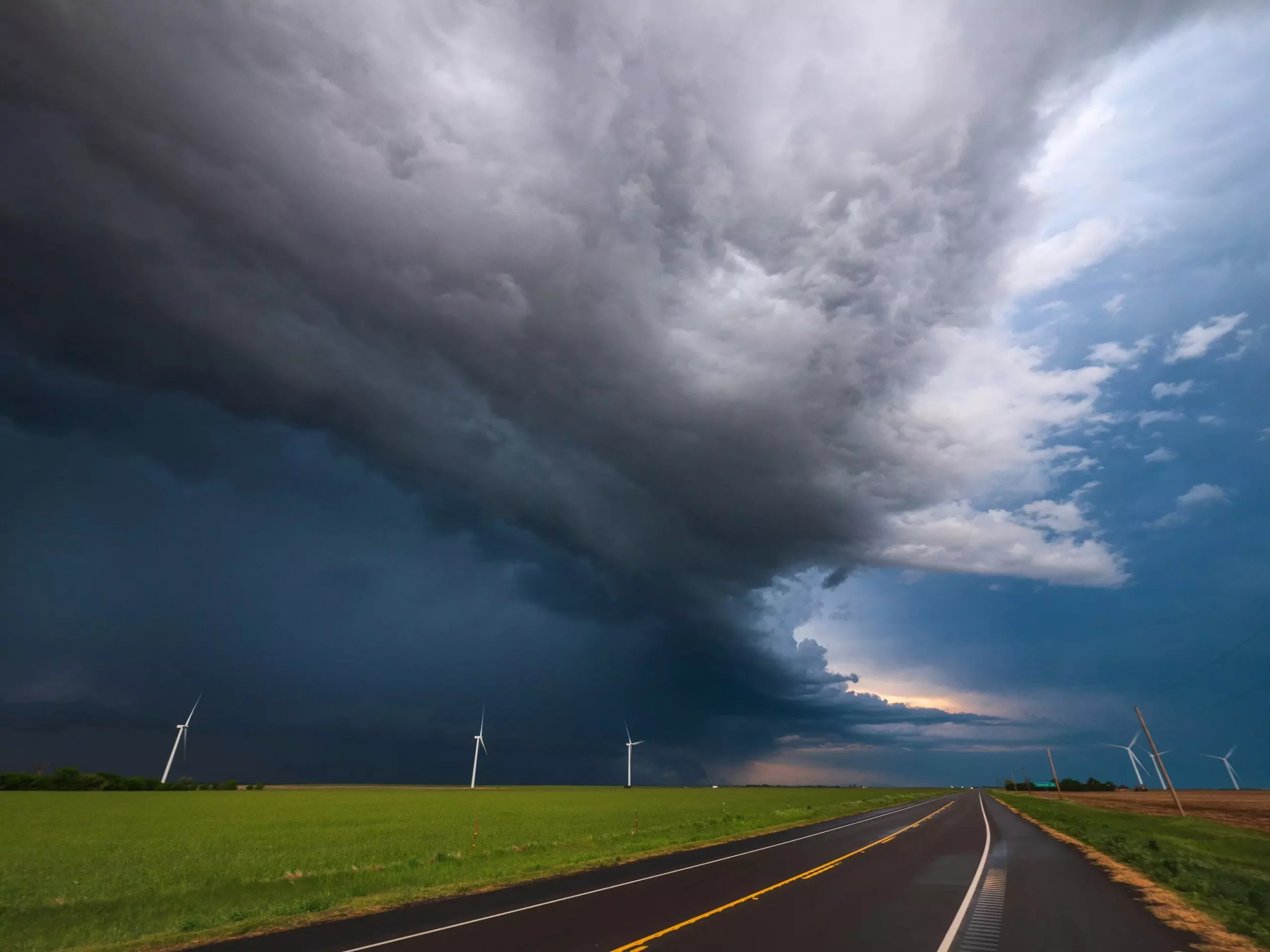Tornadoes have long captured the fascination and fear of communities around the world. These deadly phenomena are notoriously unpredictable, and conventional methods of tracking them often require scientists and meteorologists to position themselves perilously close to their paths. However, recent research offers a glimpse into how cosmic rays, particularly muons, could revolutionize the way we study and forecast tornadoes. By tapping into the incredible potential of these high-energy particles, researchers are poised to provide a safer and more accurate means of understanding these devastating weather systems.
Muons, which are heavier cousins of electrons, travel at nearly the speed of light and have unique properties that make them useful for remote measurements. In a recent study published on the preprint server arXiv, researchers led by William Luszczak from The Ohio State University explored the correlation between muons and supercell thunderstorms, the breeding grounds for tornadoes. Unlike traditional weather tracking instruments that require proximity to the storm, muon detection could allow scientists to analyze atmospheric conditions from a safe distance.
The Science Behind Muons and Thunderstorms
The fundamental principle of this innovative approach lies in the interaction between muons and the atmosphere. As muons traverse different atmospheric conditions, their behavior changes, providing vital data about the environment they pass through. “If you have a group of muons that traveled through a thunderstorm, the amount you’re going to measure on the other side is different from a bundle of muons that traveled through a pretty day,” explains Luszczak. This characteristic sensitivity to atmospheric properties could enable researchers to paint a clearer picture of the conditions leading to severe weather events.
The study employed a sophisticated three-dimensional cloud model that accounted for various meteorological elements, including wind patterns, temperature fluctuations, and precipitation types. By combining this model with real-world observations from a 2011 tornado outbreak in El Reno, Oklahoma, the researchers were able to identify subtle variations in air pressure corresponding to the presence of supercell thunderstorms. The findings indicate a definite correlation between muons and the atmospheric conditions surrounding tornadoes, highlighting the potential for cosmically-based weather tracking.
The Case for Muon Detection in Tornado Alley
One of the glaring advantages of using muons for tornado research is the possibility of deploying smaller muon detectors in strategic locations. Traditional cosmic ray projects, such as the Pierre Auger Observatory in Argentina, rely on large-scale infrastructure, limiting their application in tornado monitoring. However, Luszczak suggests that smaller and more manageable detectors could be utilized effectively in Tornado Alley, a region in the central United States that is particularly prone to tornadoes.
While these smaller detectors, at around 50 meters across, are portable enough for flexibility in deployment, they do come with limitations regarding precision. Luszczak acknowledges that while a larger device could enhance particle detection capability, the smaller models could still serve a critical function in real-time weather assessment. The possibility of placing these detectors in tornado-prone areas could allow for more frequent and comprehensive monitoring of storm systems, enabling scientists to glean insights that conventional tracking methods could miss.
Enhancing Weather Models with Cosmic Ray Insights
The implications of integrating cosmic ray data into weather modeling could be transformative. Current meteorological systems rely on data that can often be limited or lacking in minute detail. By leveraging the information that muon detectors could provide, scientists have the opportunity to refine their models, leading to improved accuracy in severe weather forecasts and alerts. “By having better measurements of the atmosphere surrounding a tornado, our modeling improves, which then improves the accuracy of our warnings,” Luszczak explains, underscoring the predictive power that enhanced modeling could deliver.
The prospect of utilizing cosmic rays to bolster societal preparedness against tornadoes represents a potential paradigm shift in severe weather forecasting. With better data comes better risk management, enabling communities to react more efficiently to impending storms. Whether through early warnings or enhanced public education campaigns, the assimilation of new technologies like muon detection into weather tracking can pave the way for communities to safeguard lives and property.
In an era where climate change increasingly amplifies the severity and frequency of extreme weather events, the pursuit of innovative solutions to track and predict tornadoes is more crucial than ever. By harnessing the power of cosmic rays, researchers are not only advancing the field of meteorology but also laying the groundwork for a safer future in storm-prone regions. This emerging avenue of exploration reflects the interconnectivity of disciplines, demonstrating how advancements in astrophysics can have profound implications for practical, real-world challenges.


Leave a Reply